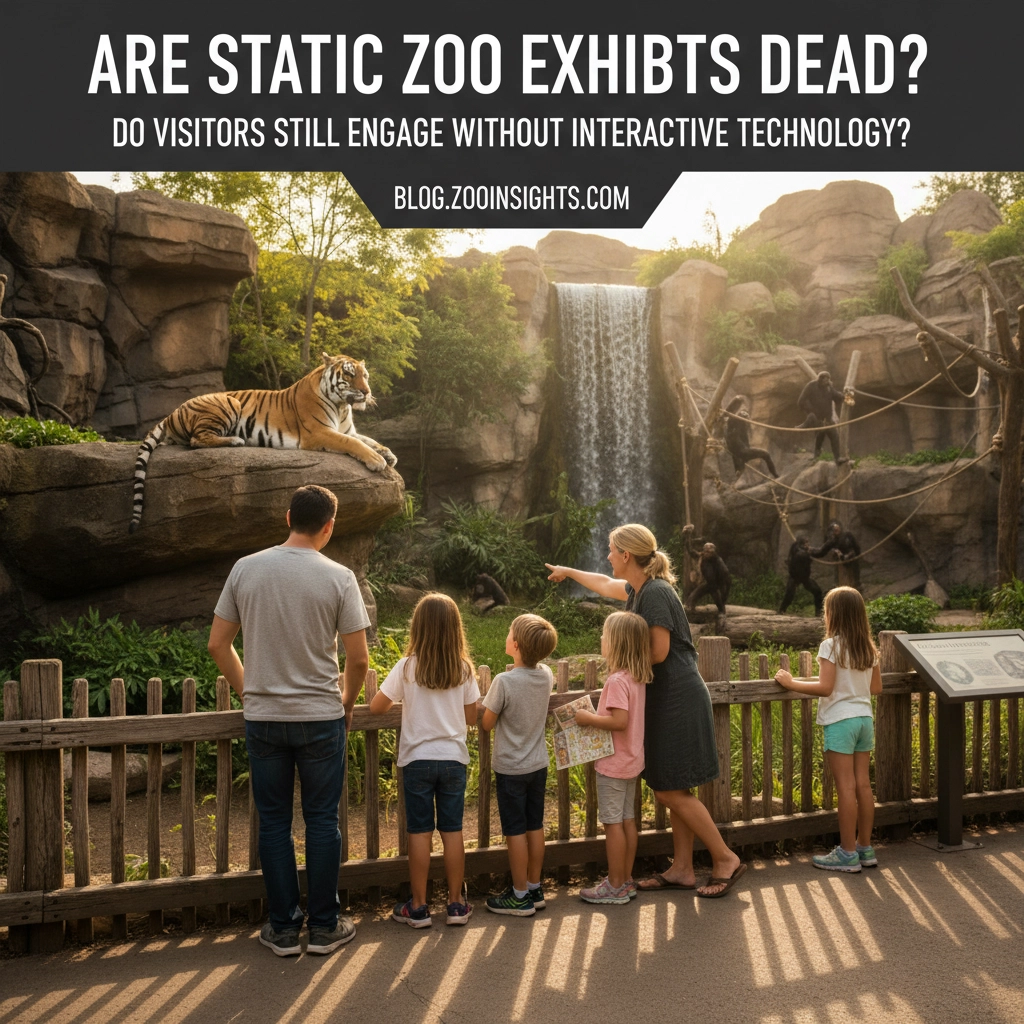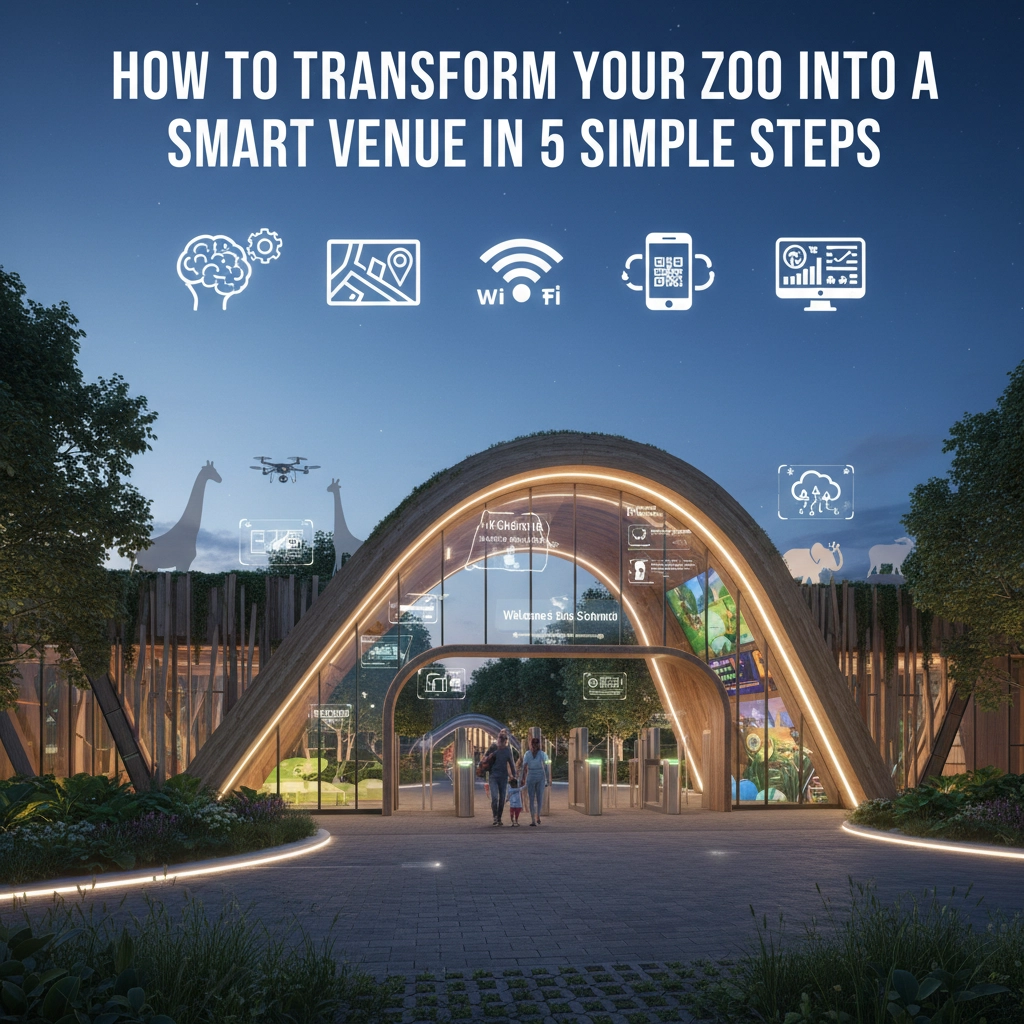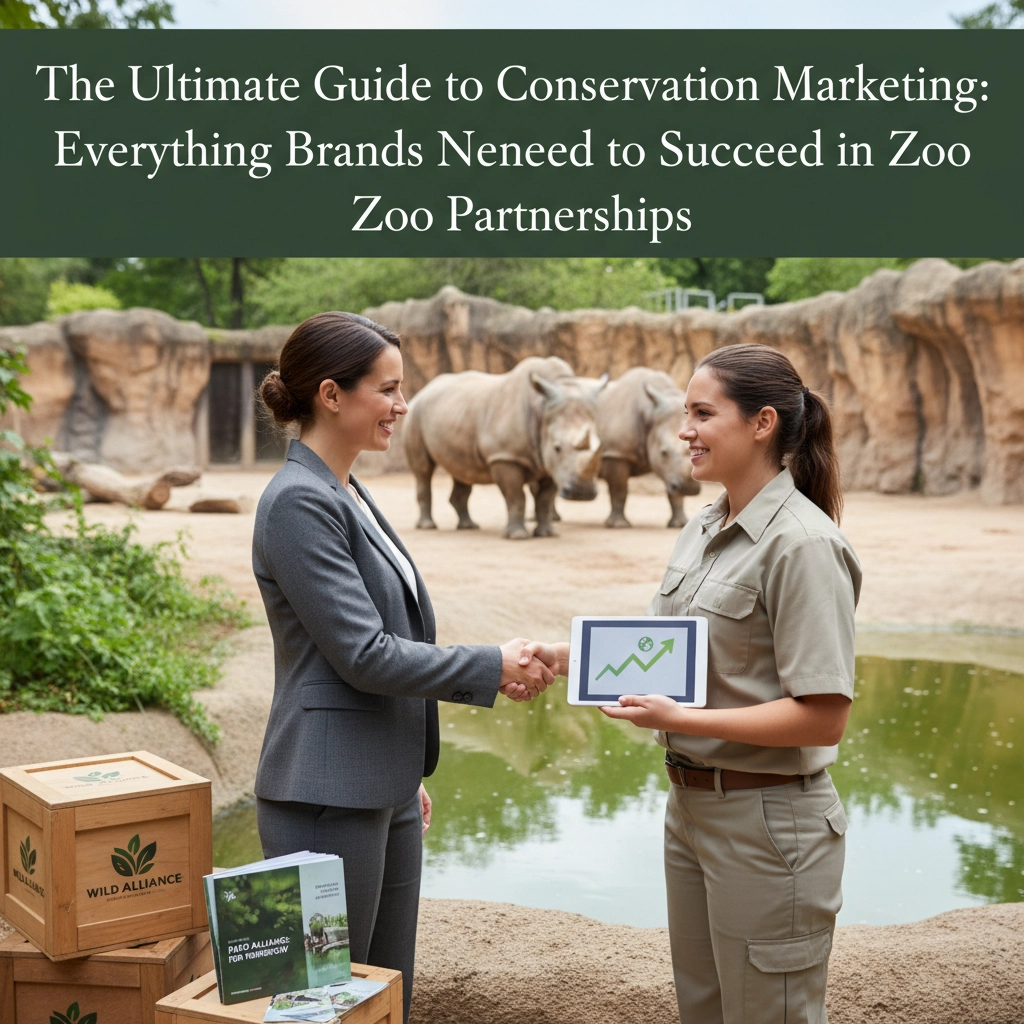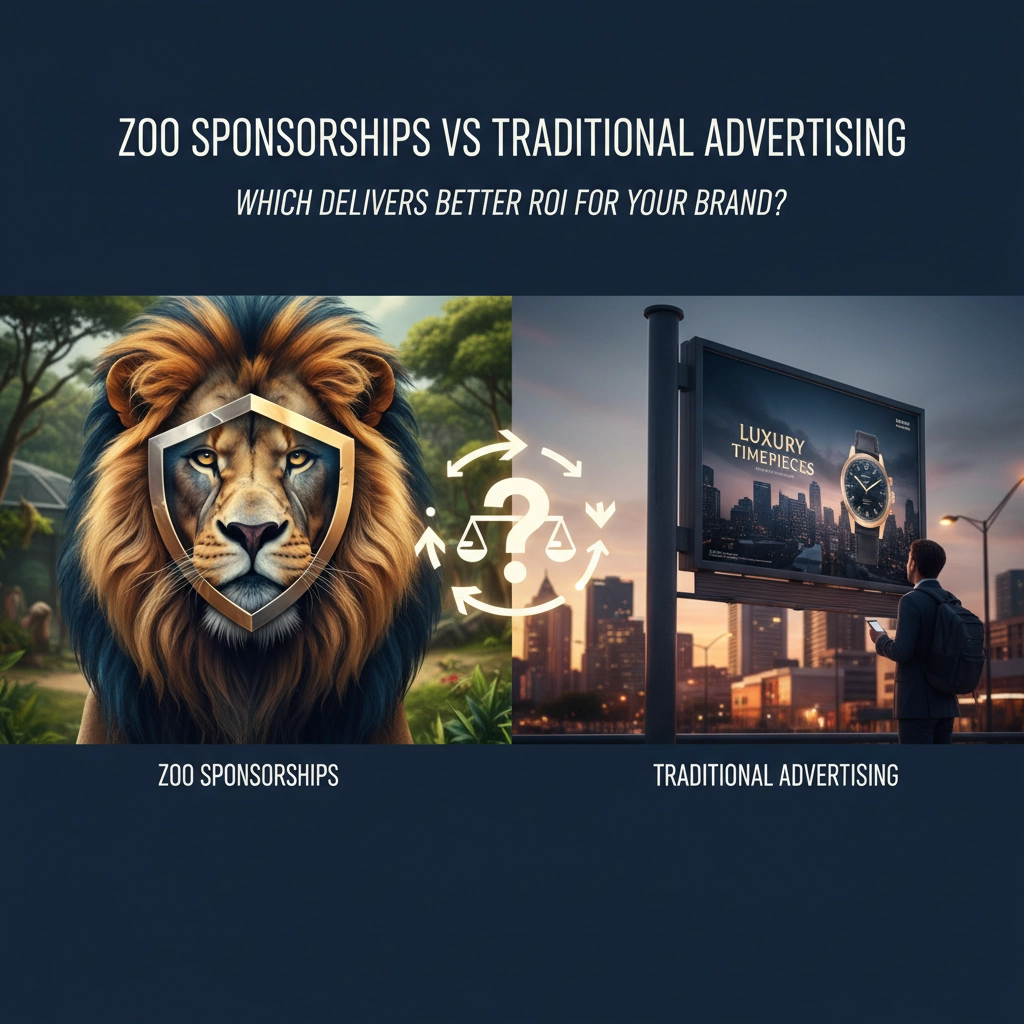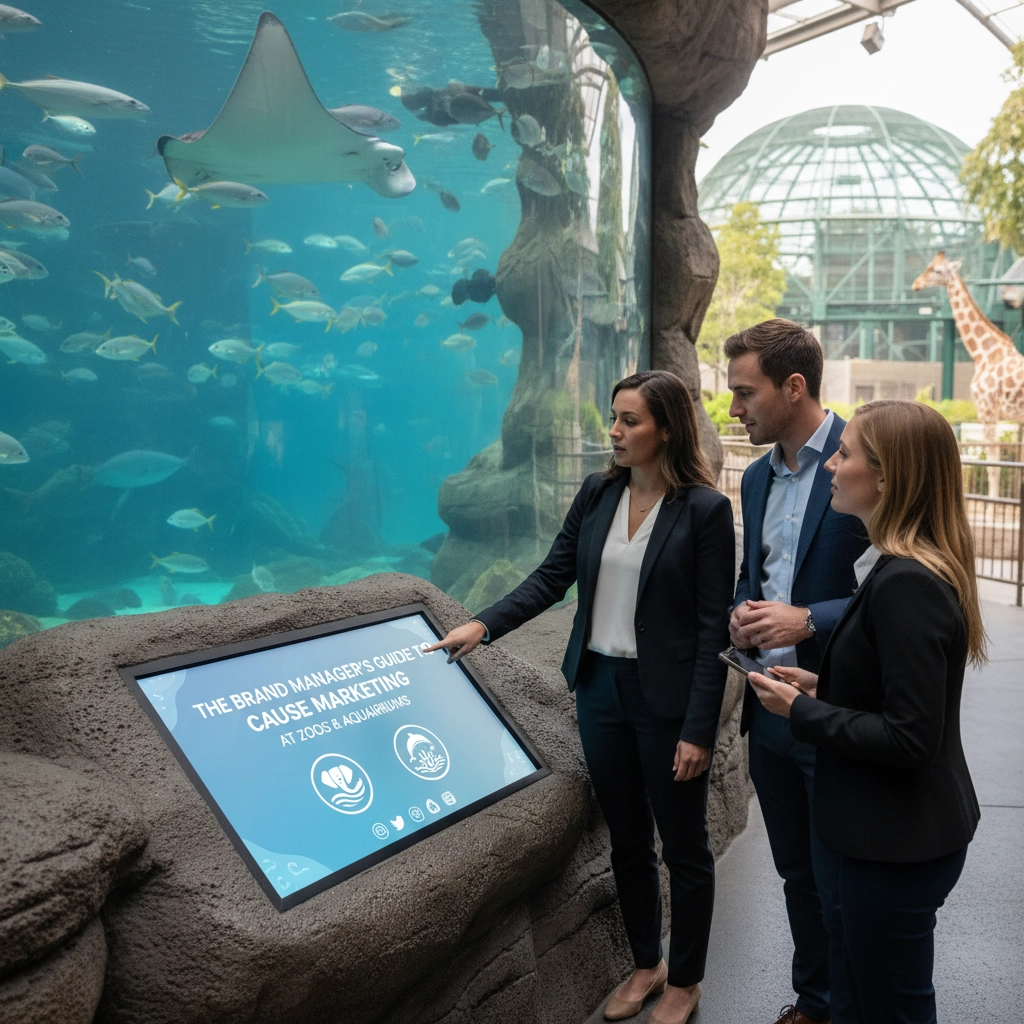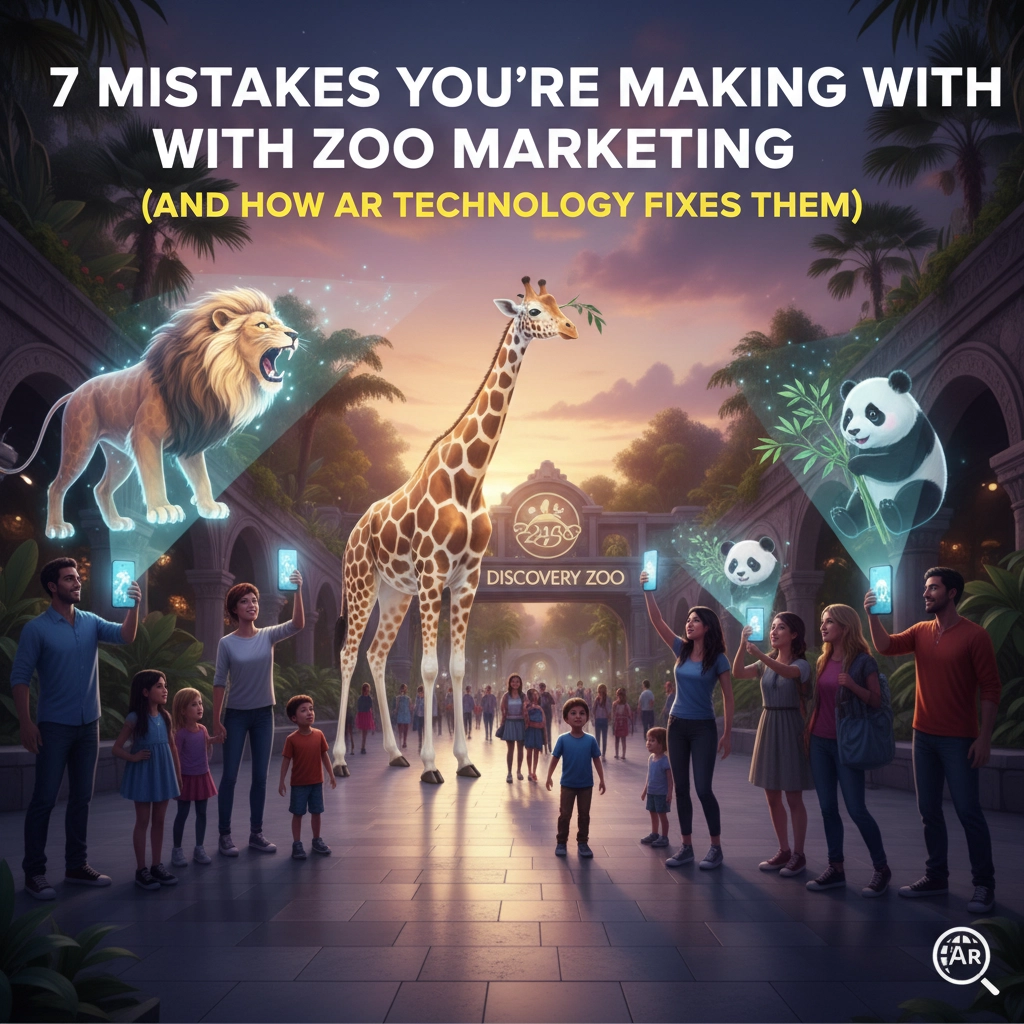The zoo industry is experiencing a fascinating paradox. While everyone talks about digital transformation and interactive technology revolutionizing visitor experiences, traditional static exhibits continue to draw crowds and generate meaningful engagement. The question isn't whether static exhibits are obsolete: it's about understanding how they fit into the modern zoo ecosystem.
The Evolution Beyond Simple Glass Boxes
Modern zoos have moved far beyond the cramped concrete enclosures of decades past. Today's exhibit design follows a clear evolutionary path: first-generation traditional displays gave way to larger, more naturalistic second-generation designs, which then evolved into immersive third-generation exhibits that replicate natural habitats while concealing barriers between visitors and animals.
The latest development includes walk-through exhibits where visitors can enter spaces with minimal or no physical barriers between themselves and certain animals. These represent the most "interactive" physical design possible without relying on digital technology.
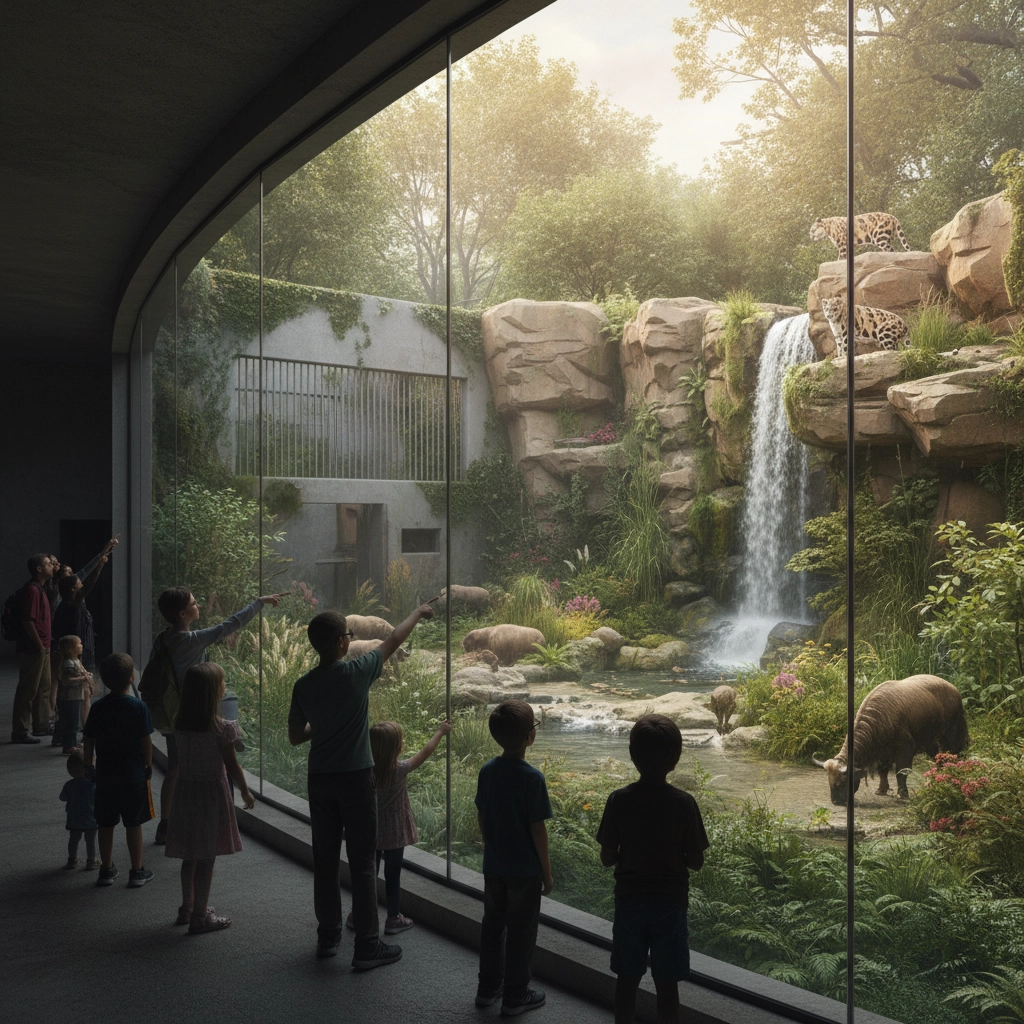
Surprising Research Findings on Visitor Engagement
Here's where things get interesting. Research reveals contradictory patterns in visitor behavior that challenge our assumptions about engagement. Some studies found that visitors were actually less likely to stop at immersive, naturalistic exhibits compared to traditional ones. When researchers analyzed visitor conversations, engagement with these sophisticated exhibits often remained only at surface level.
However, other research tells a different story. Studies at Chester Zoo showed visitors spending significantly more time viewing third-generation exhibits and demonstrating higher interaction levels with different exhibit elements compared to older designs housing the same species. Additional research found that visitors had longer dwell times at naturalistic exhibits and developed more positive perceptions of the animals.
The Complexity Dilemma
Environmental complexity serves animals well by providing choice, control, and opportunities to express natural behaviors while reducing captivity stress. Complex habitats allow animals to retreat from public view when needed, which research shows reduces negative "visitor effects" that can cause animals to decrease feeding and movement behaviors.
But here's the catch: very complex enclosures with multiple hiding areas can prevent visitors from seeing animals at all. This creates visitor frustration and complaints: a real challenge for zoo administrators trying to balance animal welfare with visitor satisfaction.

Technology as a Bridge, Not a Replacement
Forward-thinking institutions aren't abandoning complex exhibits or reverting to simple displays. Instead, they're using technology to bridge the visibility gap. Live-streaming cameras allow visitors to view animals on smartphones when direct observation isn't possible. Major institutions including San Diego Zoo, Melbourne Zoo, and Houston Zoo have implemented these systems successfully.
Virtual Reality represents a more radical approach, with some zoos exploring VR exhibits as alternatives to traditional animal displays, particularly for large, intelligent species like elephants where confinement raises ethical concerns.
The Human Element Remains Critical
Research consistently demonstrates that educational staff and volunteers significantly enhance visitor engagement regardless of exhibit type. Visitors who interact with zoo educators make more surface-level and deeper-level comments, suggesting human facilitation can compensate for limitations in any exhibit design: static or interactive.
This finding reinforces something the advertising industry has long understood: personal connection and storytelling remain more powerful than technology alone.

Walk-Through Experiences Show Promise
Walk-through exhibits, representing the most physically interactive design possible, show promising engagement patterns. Visitors spend considerably longer in these spaces, suggesting higher engagement levels. Creating "time-consuming" areas appears to increase overall visitor satisfaction with the zoo experience.
These exhibits work because they transform visitors from passive observers into active participants in the animal's environment, even without digital interfaces or screens.
Static Exhibits Still Have Their Place
Traditional static exhibits aren't disappearing because they serve specific purposes well:
Educational Clarity: Simple, uncluttered viewing areas allow visitors to focus on animal behavior and characteristics without environmental distractions.
Accessibility: Static exhibits often provide better sight lines and accessibility for visitors with mobility challenges or families with small children.
Cost Effectiveness: Well-designed static exhibits require less maintenance and technological infrastructure than complex interactive installations.
Animal Welfare: Some species actually thrive in simpler environments that reduce overstimulation.
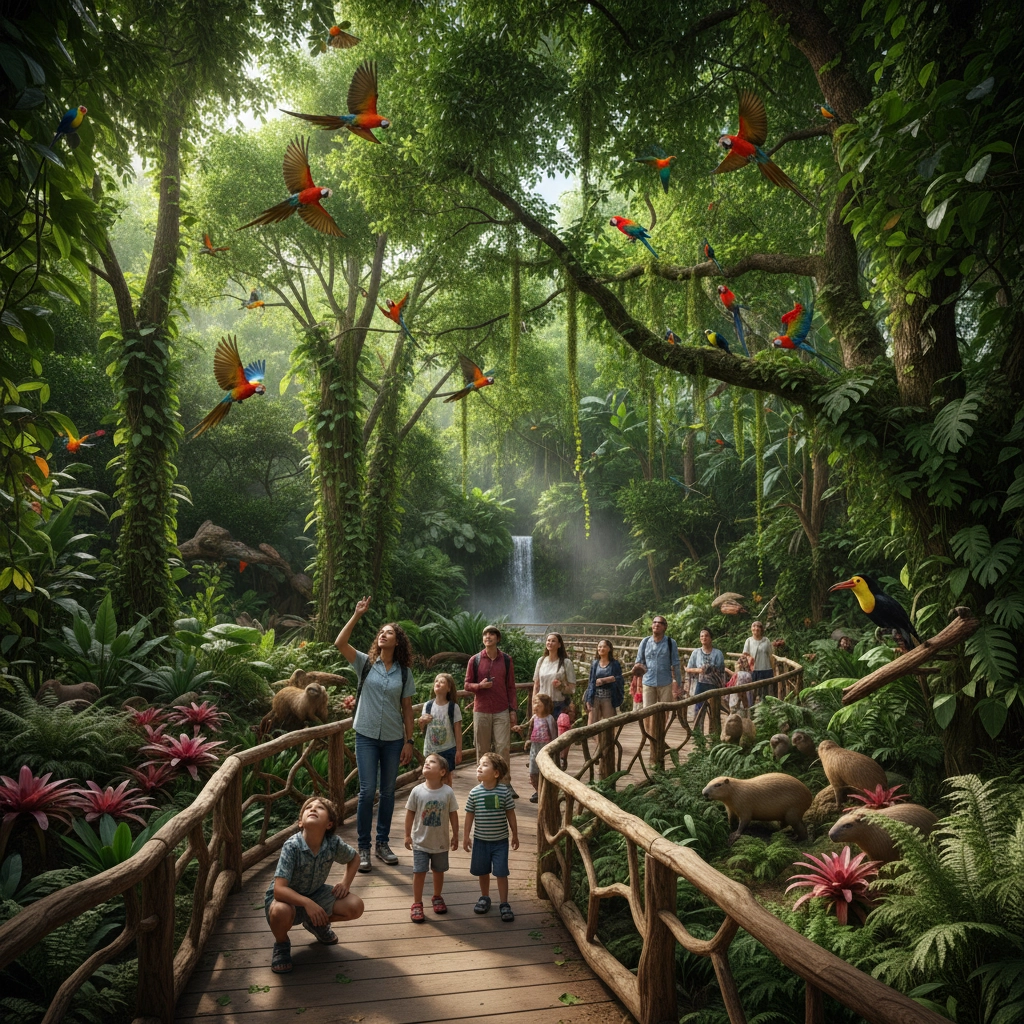
The Advertising Parallel
The zoo exhibit dilemma mirrors challenges in advertising. Brands often assume that more interactive, technology-driven campaigns automatically generate better engagement. Yet research consistently shows that clear, simple messaging often outperforms complex interactive experiences.
The key lies in matching the medium to the message and audience. Just as some advertising campaigns work better as straightforward displays while others benefit from interactivity, different animal species and educational goals call for different exhibit approaches.
Finding the Right Balance
Successful modern zoos aren't choosing between static and interactive exhibits: they're strategically combining approaches:
Layered Experiences: Start with clear, simple viewing opportunities then add complexity through technology, educational programming, or environmental enrichment.
Species-Appropriate Design: Match exhibit complexity to both animal needs and natural visitor interest patterns.
Technology Integration: Use digital elements to enhance rather than replace physical exhibits.
Human Connection: Maintain opportunities for visitor-educator interaction regardless of exhibit type.
Looking Forward
The future of zoo exhibits isn't about technology replacing traditional approaches: it's about thoughtful integration that serves both animals and visitors. Static exhibits remain valuable components of this ecosystem, particularly when designed with clear educational goals and visitor flow patterns in mind.
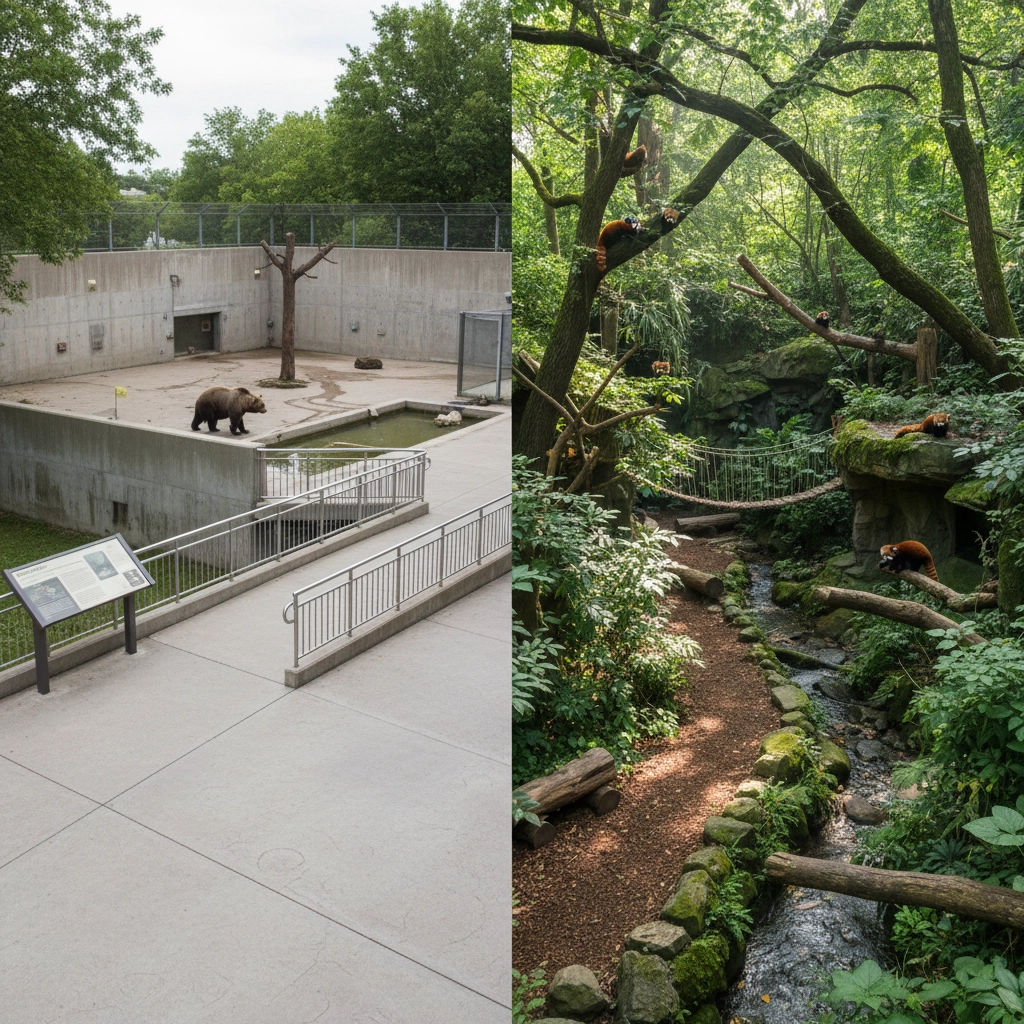
Smart institutions recognize that visitor engagement depends more on storytelling, animal welfare, and educational programming than on the presence or absence of interactive technology. The best exhibits: whether static or interactive: create emotional connections between visitors and animals while supporting conservation messages.
The question isn't whether static zoo exhibits are dead. It's whether we're using them strategically as part of a broader experience that serves animals, educates visitors, and supports conservation goals. In that context, well-designed static exhibits very much have a future.
For brands and institutions navigating their own digital transformation challenges, the zoo industry offers valuable lessons: technology should enhance rather than replace proven approaches, and the most engaging experiences often combine traditional and innovative elements thoughtfully rather than choosing one over the other.
Ready to transform your brand's visitor experience strategy? At Zoo Media, we help businesses create engaging experiences that balance innovation with proven fundamentals. Contact Dan Kost, CEO, to discuss how strategic experience design can drive your marketing objectives.

